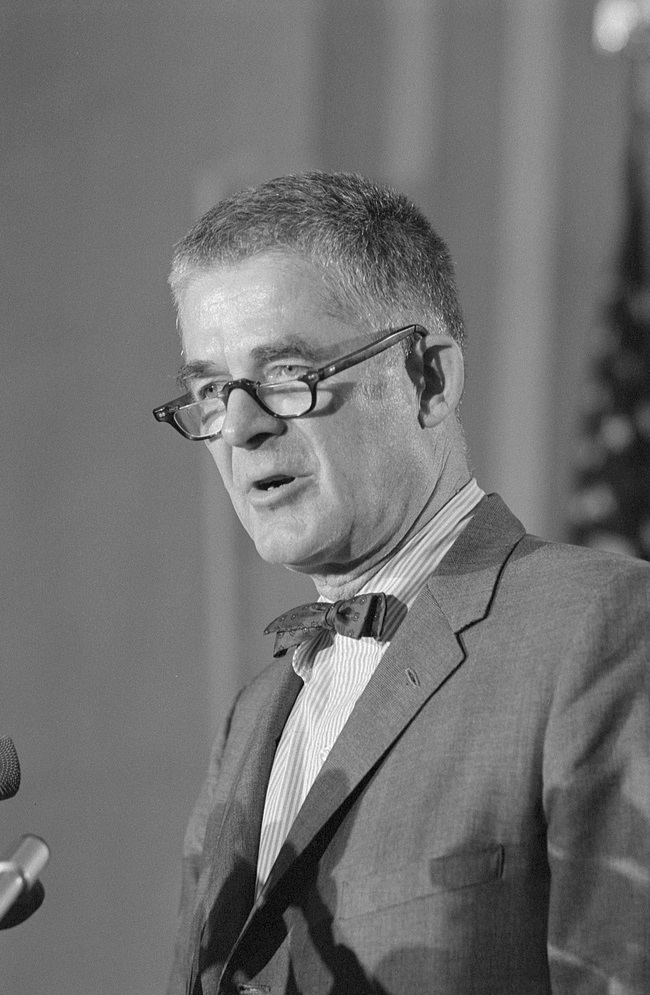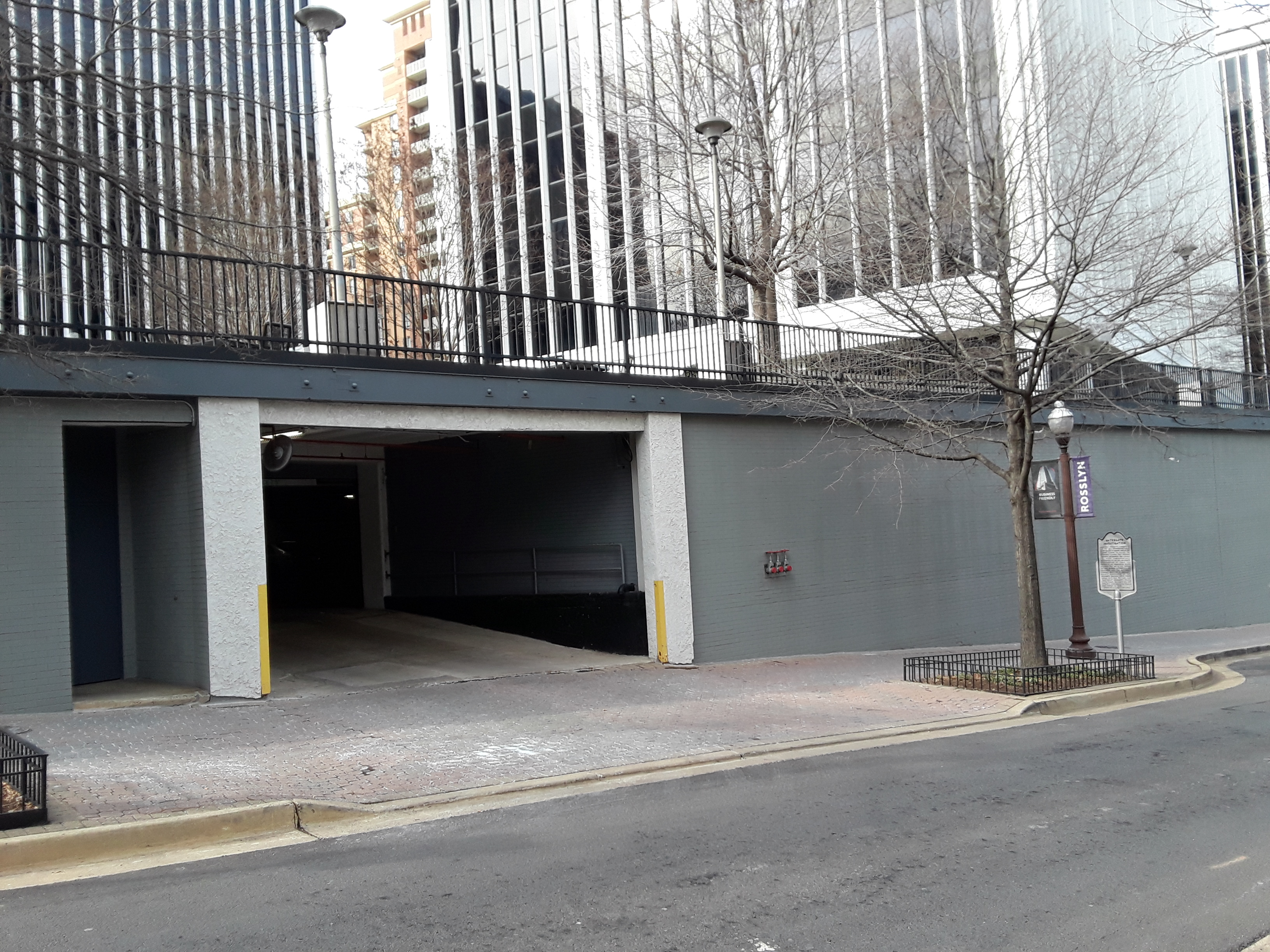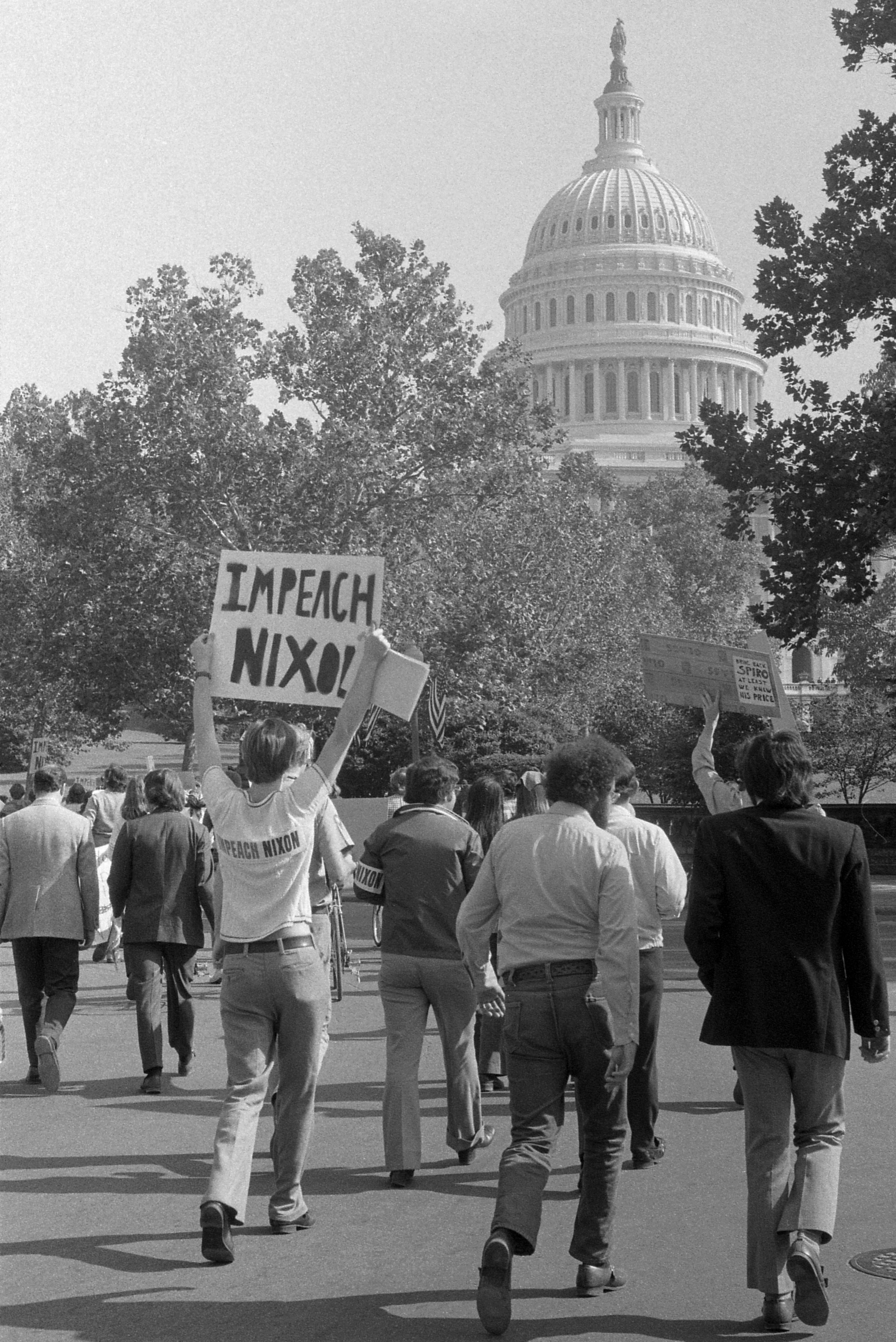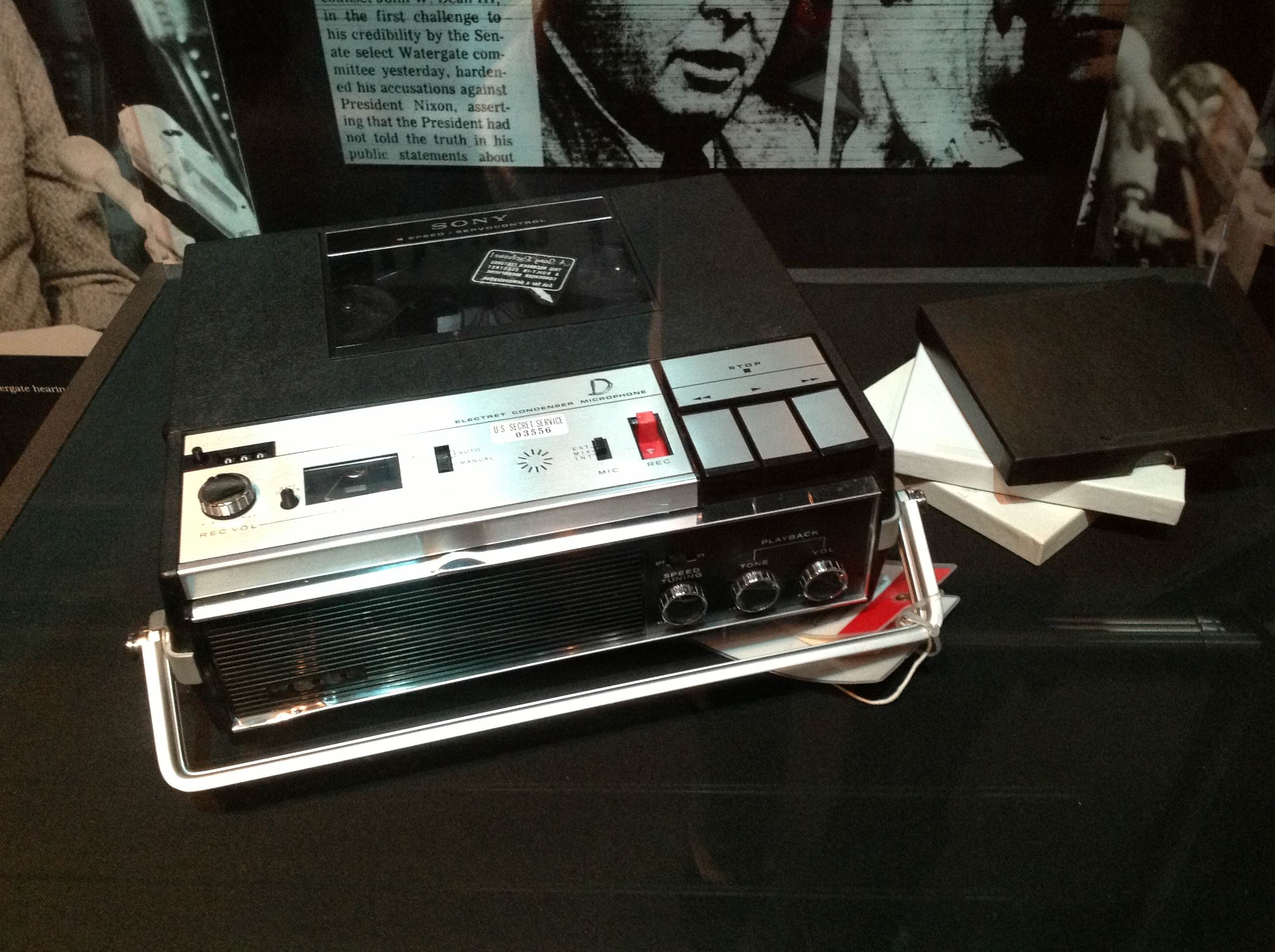|
Saturday Night Massacre
The Saturday Night Massacre was a series of events that took place in the United States on the evening of Saturday, October 20, 1973, during the Watergate scandal. U.S. President Richard Nixon ordered Attorney General Elliot Richardson to fire Special Prosecutor Archibald Cox; Richardson refused and resigned effective immediately. Nixon then ordered Deputy Attorney General William Ruckelshaus to fire Cox; Ruckelshaus refused, and also resigned. Nixon then ordered the third-most-senior official at the Justice Department, Solicitor General Robert Bork, to fire Cox. Bork carried out the dismissal as Nixon asked. Bork stated that he intended to resign afterward, but was persuaded by Richardson and Ruckelshaus to stay on for the good of the Justice Department. The political and public reactions to Nixon's actions were negative and highly damaging to the president. The impeachment process against Nixon began ten days later, on October 30, 1973. Leon Jaworski was appointed as the ... [...More Info...] [...Related Items...] OR: [Wikipedia] [Google] [Baidu] |
Watergate Scandal
The Watergate scandal was a major political scandal in the United States involving the administration of President Richard Nixon from 1972 to 1974 that led to Nixon's resignation. The scandal stemmed from the Nixon administration's continual attempts to cover up its involvement in the June 17, 1972, break-in of the Democratic National Committee headquarters at the Washington, D.C., Watergate Office Building. After the five perpetrators were arrested, the press and the Justice Department connected the cash found on them at the time to the Committee for the Re-Election of the President. Further investigations, along with revelations during subsequent trials of the burglars, led the House of Representatives to grant the U.S. House Judiciary Committee additional investigative authority—to probe into "certain matters within its jurisdiction", and led the Senate to create the U.S. Senate Watergate Committee, which held hearings. Witnesses testified that Nixon had approved plans t ... [...More Info...] [...Related Items...] OR: [Wikipedia] [Google] [Baidu] |
Gerhard Gesell
Gerhard Alden Gesell (June 16, 1910 – February 19, 1993) was a United States district judge of the United States District Court for the District of Columbia. Education and career Born in Los Angeles, California, Gesell received a Bachelor of Arts degree from Yale University in 1932 and a Bachelor of Laws from Yale Law School in 1935. He was a trial attorney for the Securities and Exchange Commission from 1935 to 1940 and a technical advisor to the Securities and Exchange Commission Chairman from 1940 to 1941. He was in private practice in Washington, DC, from 1941 to 1967. In 1945 and 1946, he served as Chief Assistant Counsel for the Democrats during the Pearl Harbor hearings. He chaired the President's Committee on Equal Opportunity in the Armed Forces from 1962 to 1964. Federal judicial service On November 29, 1967, Gesell was nominated by US President Lyndon B. Johnson to a seat on the United States District Court for the District of Columbia vacated by Judge Spottswood W ... [...More Info...] [...Related Items...] OR: [Wikipedia] [Google] [Baidu] |
John C
John is a common English name and surname: * John (given name) * John (surname) John may also refer to: New Testament Works * Gospel of John, a title often shortened to John * First Epistle of John, often shortened to 1 John * Second Epistle of John, often shortened to 2 John * Third Epistle of John, often shortened to 3 John People * John the Baptist (died c. AD 30), regarded as a prophet and the forerunner of Jesus Christ * John the Apostle (lived c. AD 30), one of the twelve apostles of Jesus * John the Evangelist, assigned author of the Fourth Gospel, once identified with the Apostle * John of Patmos, also known as John the Divine or John the Revelator, the author of the Book of Revelation, once identified with the Apostle * John the Presbyter, a figure either identified with or distinguished from the Apostle, the Evangelist and John of Patmos Other people with the given name Religious figures * John, father of Andrew the Apostle and Saint Peter * Pope Jo ... [...More Info...] [...Related Items...] OR: [Wikipedia] [Google] [Baidu] |
Deaf
Deafness has varying definitions in cultural and medical contexts. In medical contexts, the meaning of deafness is hearing loss that precludes a person from understanding spoken language, an Audiology, audiological condition. In this context it is written with a lower case ''d''. It later came to be used in a cultural context to refer to those who primarily communicate through sign language regardless of hearing ability, often capitalized as ''Deaf'' and referred to as "big D Deaf" in speech and sign. The two definitions overlap but are not identical, as hearing loss includes cases that are not severe enough to impact spoken language comprehension, while cultural Deafness includes hearing people who use sign language, such as Child of deaf adult, children of deaf adults. Medical context In a medical context, deafness is defined as a degree of hearing difference such that a person is unable to understand speech, even in the presence of amplification. In profound deafness, e ... [...More Info...] [...Related Items...] OR: [Wikipedia] [Google] [Baidu] |
Stennis Compromise
The impeachment process against Richard Nixon began in the United States House of Representatives on October 30, 1973, following the series of high-level resignations and firings widely called the "Saturday Night Massacre" during the course of the Watergate scandal. The House Committee on the Judiciary set up an impeachment inquiry staff and began investigations into possible impeachable offenses by Richard Nixon, the 37th president of the United States. The process was formally initiated on February 6, 1974, when the House granted the Judiciary Committee authority to investigate whether sufficient grounds existed to impeach Nixon of high crimes and misdemeanors under Article II, Section 4, of the United States Constitution. This investigation was undertaken one year after the United States Senate established the Select Committee on Presidential Campaign Activities to investigate the break-in at the Democratic National Committee headquarters at the Watergate office complex ... [...More Info...] [...Related Items...] OR: [Wikipedia] [Google] [Baidu] |
Executive Privilege
Executive privilege is the right of the president of the United States and other members of the executive branch to maintain confidential communications under certain circumstances within the executive branch and to resist some subpoenas and other oversight by the legislative and judicial branches of government in pursuit of particular information or personnel relating to those confidential communications. The right comes into effect when revealing information would impair governmental functions. Neither executive privilege nor the oversight power of Congress is explicitly mentioned in the United States Constitution. However, the Supreme Court of the United States has ruled that executive privilege and congressional oversight each are a consequence of the doctrine of the separation of powers, derived from the supremacy of each branch in its own area of Constitutional activity. The Supreme Court confirmed the legitimacy of this doctrine in ''United States v. Nixon'' in the context ... [...More Info...] [...Related Items...] OR: [Wikipedia] [Google] [Baidu] |
United States Court Of Appeals For The District Of Columbia Circuit
The United States Court of Appeals for the District of Columbia Circuit (in case citations, D.C. Cir.) is one of the thirteen United States Courts of Appeals. It has the smallest geographical jurisdiction of any of the U.S. federal appellate courts, and covers only one district court: the U.S. District Court for the District of Columbia. It meets at the E. Barrett Prettyman United States Courthouse, near Judiciary Square, Washington, D.C. The D.C. Circuit's prominence and prestige among American federal courts is second only to the U.S. Supreme Court because its geographic jurisdiction contains the U.S. Capitol and the headquarters of many of the U.S. federal government's executive departments and government agencies, and therefore it is the main federal appellate court for many issues of American administrative law and constitutional law. Four of the current nine justices on the Supreme Court were previously judges on the D.C. Circuit including Chief Justice John Roberts, a ... [...More Info...] [...Related Items...] OR: [Wikipedia] [Google] [Baidu] |
Oval Office
The Oval Office is the formal working space of the President of the United States. Part of the Executive Office of the President of the United States, it is located in the West Wing of the White House, in Washington, D.C. The oval-shaped room features three large south-facing windows behind the president's desk and a fireplace at the north end. It has two built-in bookcases, and four doors: the east door opens to the Rose Garden; the west door leads to a private study and dining room; the northwest door opens onto the main corridor of the West Wing; and the northeast door opens to the office of the president's secretary. Presidents generally decorate the office to suit their personal taste, choosing furniture, drapery, and often commissioning their own oval-shaped carpet. Artwork is selected from the White House's own collection, or borrowed from museums for the length of the president's term in office. Cultural history The Oval Office has become associated in Americans' min ... [...More Info...] [...Related Items...] OR: [Wikipedia] [Google] [Baidu] |
Nixon White House Tapes
The Nixon White House tapes are audio recordings of conversations between U.S. President Richard Nixon and Nixon administration officials, Nixon family members, and White House staff, produced between 1971 and 1973. In February 1971, a sound-activated taping system was installed in the Oval Office, including in Nixon's Wilson desk, using Sony TC-800B open-reel tape recorders to capture audio transmitted by telephone taps and concealed microphones. The system was expanded to include other rooms within the White House and Camp David. The system was turned off on July 18, 1973, two days after it became public knowledge as a result of the U.S. Senate Watergate Committee hearings. Nixon was not the first president to record his White House conversations; President Franklin D. Roosevelt recorded Oval Office press conferences for a short period in 1940. The tapes' existence came to light during the Watergate scandal of 1973 and 1974, when the system was mentioned during the televised ... [...More Info...] [...Related Items...] OR: [Wikipedia] [Google] [Baidu] |
Subpoena
A subpoena (; also subpœna, supenna or subpena) or witness summons is a writ issued by a government agency, most often a court, to compel testimony by a witness or production of evidence under a penalty for failure. There are two common types of subpoenas: # ''subpoena ad testificandum'' orders a person to testify before the ordering authority or face punishment. The subpoena can also request the testimony to be given by phone or in person. # ''subpoena duces tecum'' orders a person or organization to bring physical evidence before the ordering authority or face punishment. This is often used for requests to mail copies of documents to requesting party or directly to court. Etymology The term ''subpoena'' is from the Middle English ''suppena'' and the Latin phrase ''sub poena'' meaning "under penalty". It is also spelled "subpena".See, e.g., ; ; ; and . The subpoena has its source in English common law and it is now used almost with universal application throughout the English co ... [...More Info...] [...Related Items...] OR: [Wikipedia] [Google] [Baidu] |
Watergate Hotel
The Watergate complex is a group of six buildings in the Foggy Bottom neighborhood of Washington, D.C., in the United States. Covering a total of 10 acres (4 ha) just north of the John F. Kennedy Center for the Performing Arts, the buildings include: * Watergate West (2700 Virginia Avenue NW), cooperative apartments. * Watergate 600 (600 New Hampshire Ave NW), office building. * Watergate Hotel (2650 Virginia Avenue NW). * Watergate East (2500 Virginia Avenue NW), cooperative apartments. * Watergate South (700 New Hampshire Avenue NW), cooperative apartments. * Watergate Office Building (2600 Virginia Ave NW), the office building where the Watergate burglary happened. Built between 1963 and 1971, the Watergate was considered one of Washington's most desirable living spaces, popular with members of Congress and political appointees of the executive branch. The complex has been sold several times since the 1980s. During the 1990s, it was subdivided and its component buildings and ... [...More Info...] [...Related Items...] OR: [Wikipedia] [Google] [Baidu] |
United States House Committee On The Judiciary
The U.S. House Committee on the Judiciary, also called the House Judiciary Committee, is a standing committee of the United States House of Representatives. It is charged with overseeing the administration of justice within the federal courts, administrative agencies and Federal law enforcement entities. The Judiciary Committee is also the committee responsible for impeachments of federal officials. Because of the legal nature of its oversight, committee members usually have a legal background, but this is not required. In the 117th Congress, the chairman of the committee is Democrat Jerry Nadler of New York, and the ranking minority member is Republican Jim Jordan of Ohio. History The committee was created on June 3, 1813 for the purpose of considering legislation related to the judicial system. This committee approved articles of impeachment against Presidents in five instances: Andrew Johnson (1867 and 1868), Richard Nixon (1974), Bill Clinton (1998), and Donald Trump (2 ... [...More Info...] [...Related Items...] OR: [Wikipedia] [Google] [Baidu] |



.jpg)


